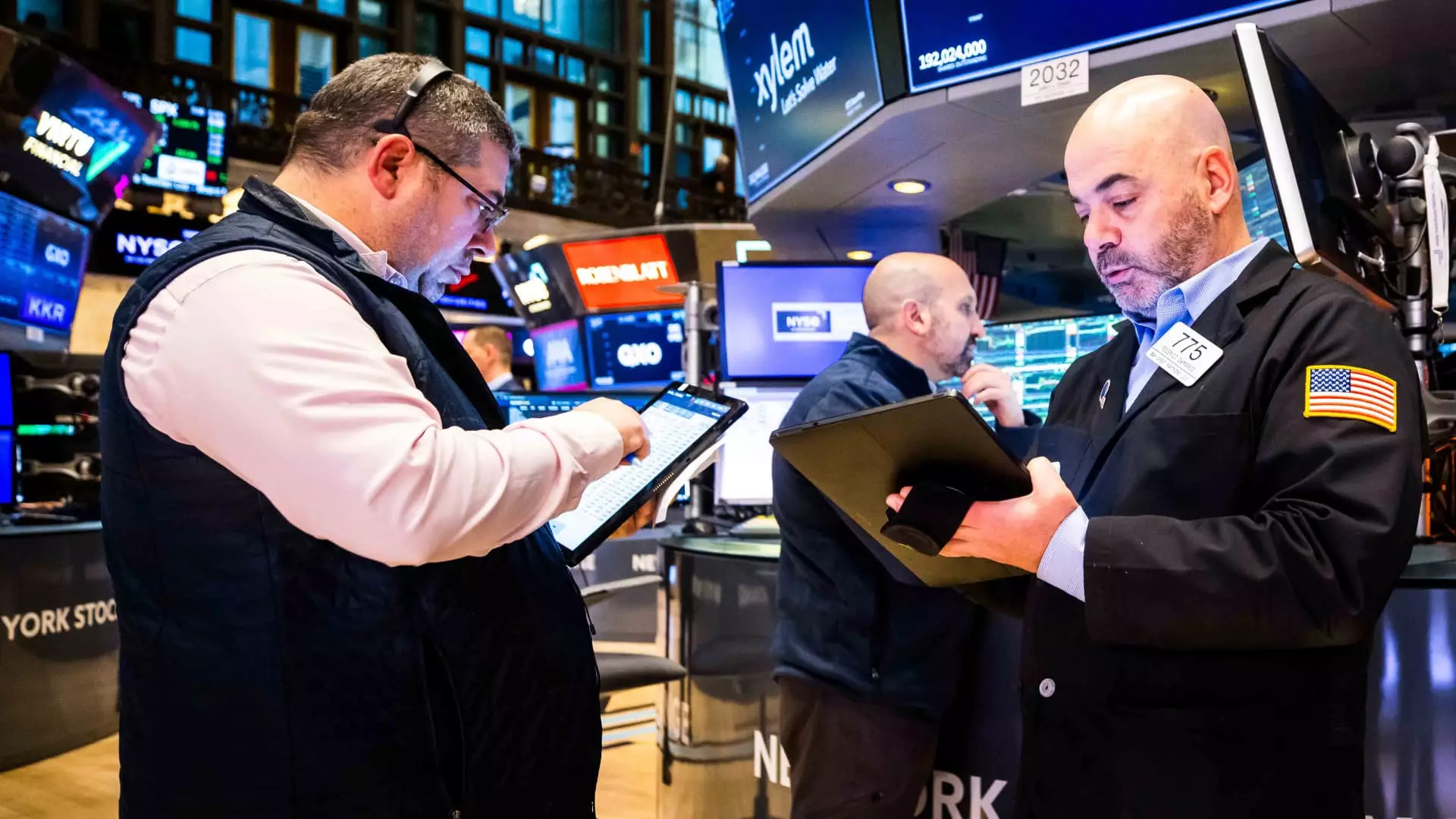The allure of stock picking is palpable. It suggests a world where informed decisions and keen insights can lead to superior returns. However, reality paints a different picture, one that casts doubt on the effectiveness of active management. Reports by S&P Global reveal stark statistics: 73% of active managers fail to outperform their benchmarks after just one year, and a staggering 95.5% stumble over a five-year period. After fifteen years, the grim statistic is that none of these managers offer superior returns. This persistent pattern has garnered attention from industry veterans like Charles Ellis, who warns that despite the growth of passive investing, active management remains a difficult field where achieving an edge is increasingly challenging.
In recent years, passive funds have dramatically reshaped the investment landscape. Charles Ellis, a stalwart in the investment strategy domain and a prominent advocate for indexing, notes that the rise of passive investment vehicles such as index funds and ETFs has raised questions about the future of active management. While he states that concerns about the potential demise of active management may be exaggerated, it does highlight a crucial aspect: the struggle for active managers to consistently outperform their peers in the market. Ellis emphasizes that continued hiring in the active management sphere creates an oversaturated marketplace, making it tougher for individual managers to differentiate their strategies successfully.
The influx of assets into passive funds is particularly telling. Dave Nadig, an authority on ETFs, corroborates Ellis’s observations, noting that active management saw its highest inflows ever recently. Yet, these inflows pale in comparison to the ever-growing popularity of index and ETF investments. While there remains a place for active management, it appears that the general public, often less informed, gravitates towards simple, straightforward investment options without the complexities that active strategies entail. This trend indicates a significant shift in investor behavior, wherein mass appeal and low fees of index funds win out over the nuanced strategies that active managers offer.
Despite the robust growth of ETFs, Ellis raises critical concerns regarding the quality and strategy behind newly launched funds. He observes that many products currently flooding the market are developed with sales objectives in mind rather than genuine investor need. There is also a worry about the prevalence of overly specialized and narrowly focused ETFs, which may expose investors to unnecessary risks. Leveraged ETFs, in particular, come with the caveat of offering potentially high returns but at the steep cost of double-edged volatility. Ellis urges investors to be discerning, emphasizing the need to align chosen ETFs with personal investment goals and risk tolerance.
Nadig further explains how technological advancements have leveled the playing field within financial markets. With ubiquitous access to sophisticated tools and resources, active managers find themselves facing a unique challenge: a multitude of equally equipped competitors. In this context, distinguishing oneself and achieving an outsized return becomes incredibly arduous. The very aptitude that should grant an advantage is sometimes canceled out simply because all active managers are employing similar strategies and methodologies.
The paradox of stock picking becomes clear when considering the implications of a highly skilled active management landscape. Charles Ellis aptly captures this irony, suggesting that the reason for widespread underperformance is not a lack of talent; rather, it emerges because every active player is proficient at analyzing the same data, resulting in similar conclusions that largely negate any competitive edge. The metaphor of playing poker with all cards face up succinctly encapsulates this narrative. The accessibility of advanced computing power and sophisticated quantitative models means that almost every active trader operates under the same conditions, thereby rendering unique insights redundant.
The realm of active management faces significant challenges as it grapples with the predominance of passive investing and the difficulties inherent in standing out amid a talented and tech-savvy workforce. While there are still pockets of success within active strategies, the overarching trend suggests that most investors are better served by embracing passive options. The enduring lesson for both new and seasoned investors is that the complex world of stock picking may ultimately lead to disappointments more often than exceptional returns.

